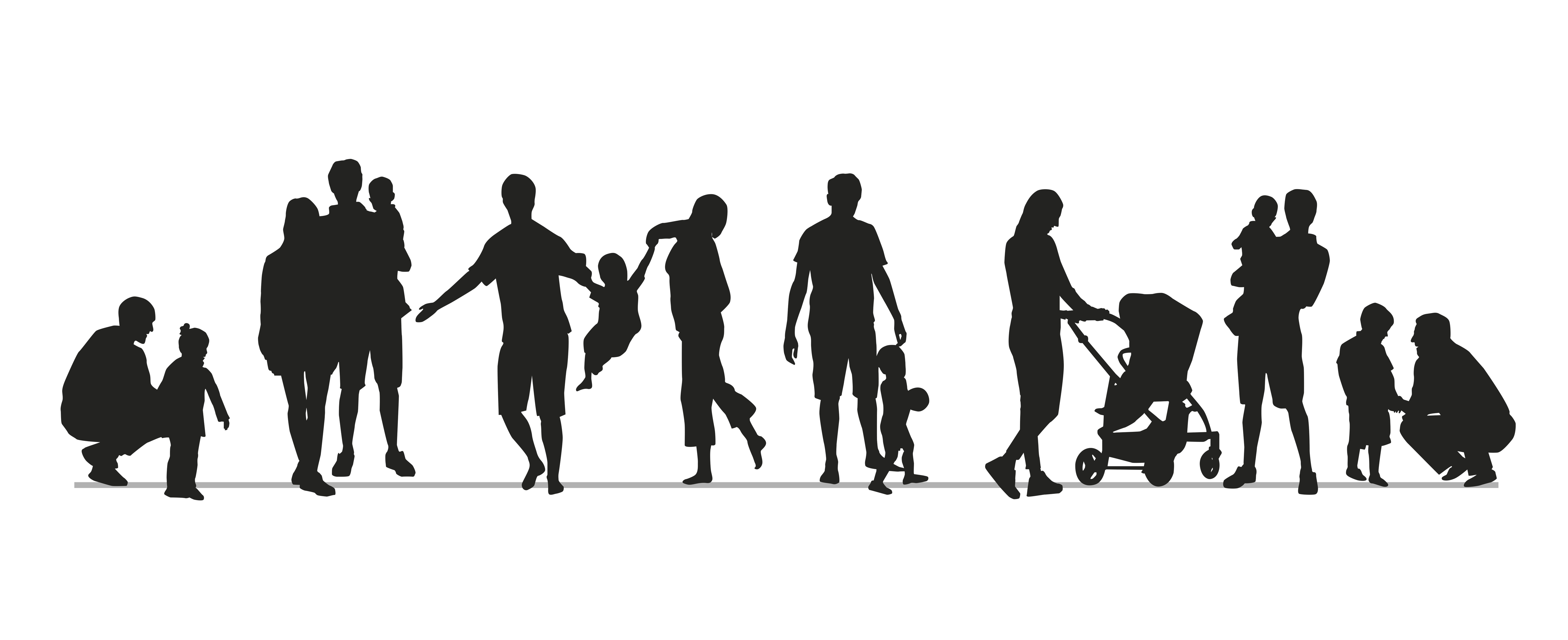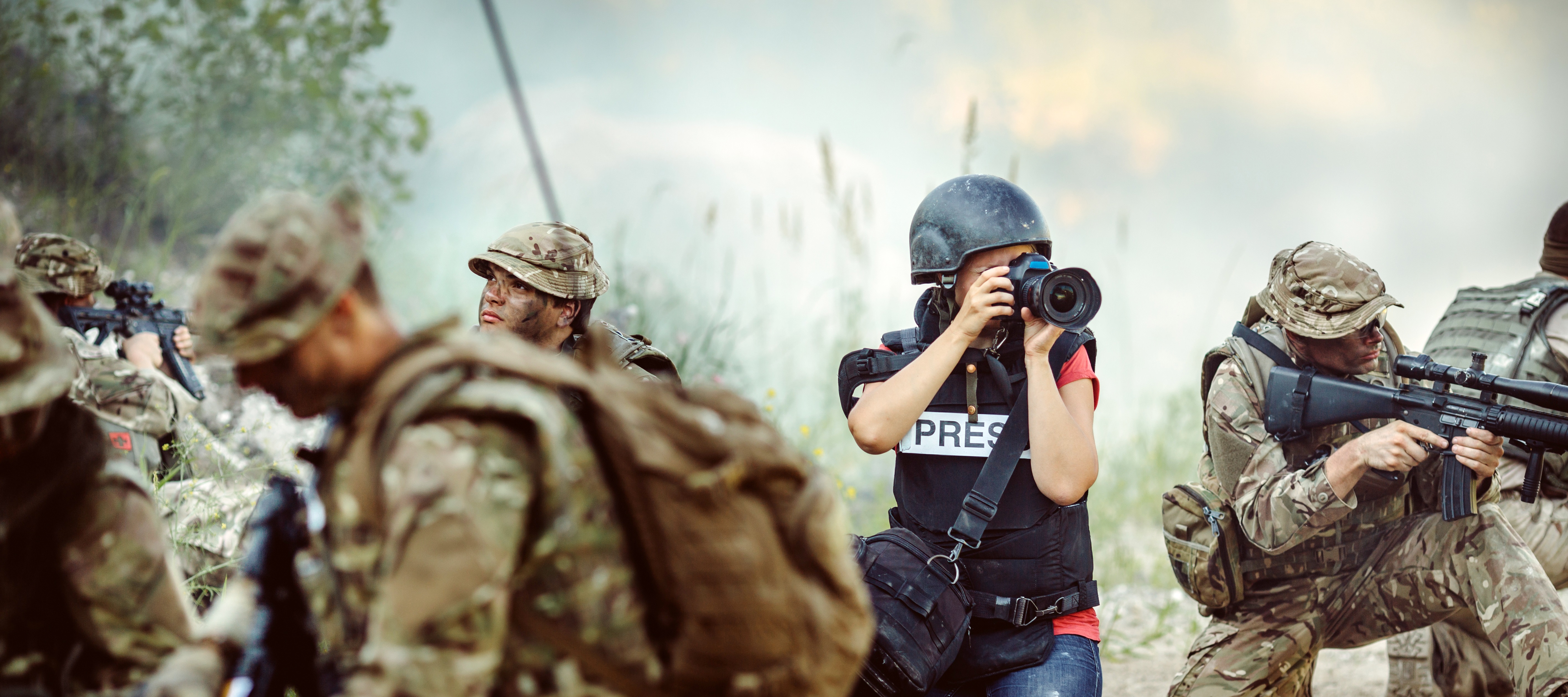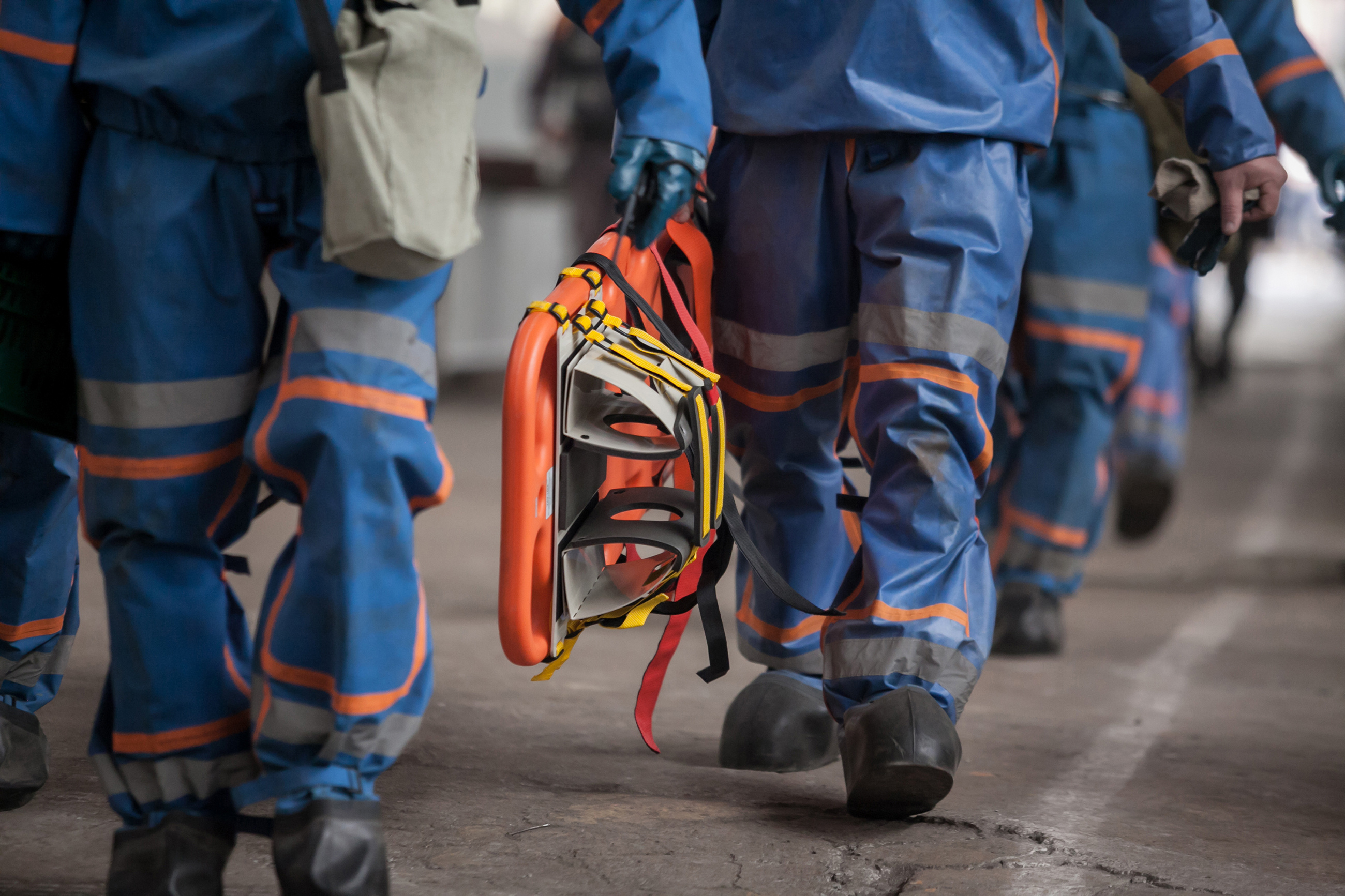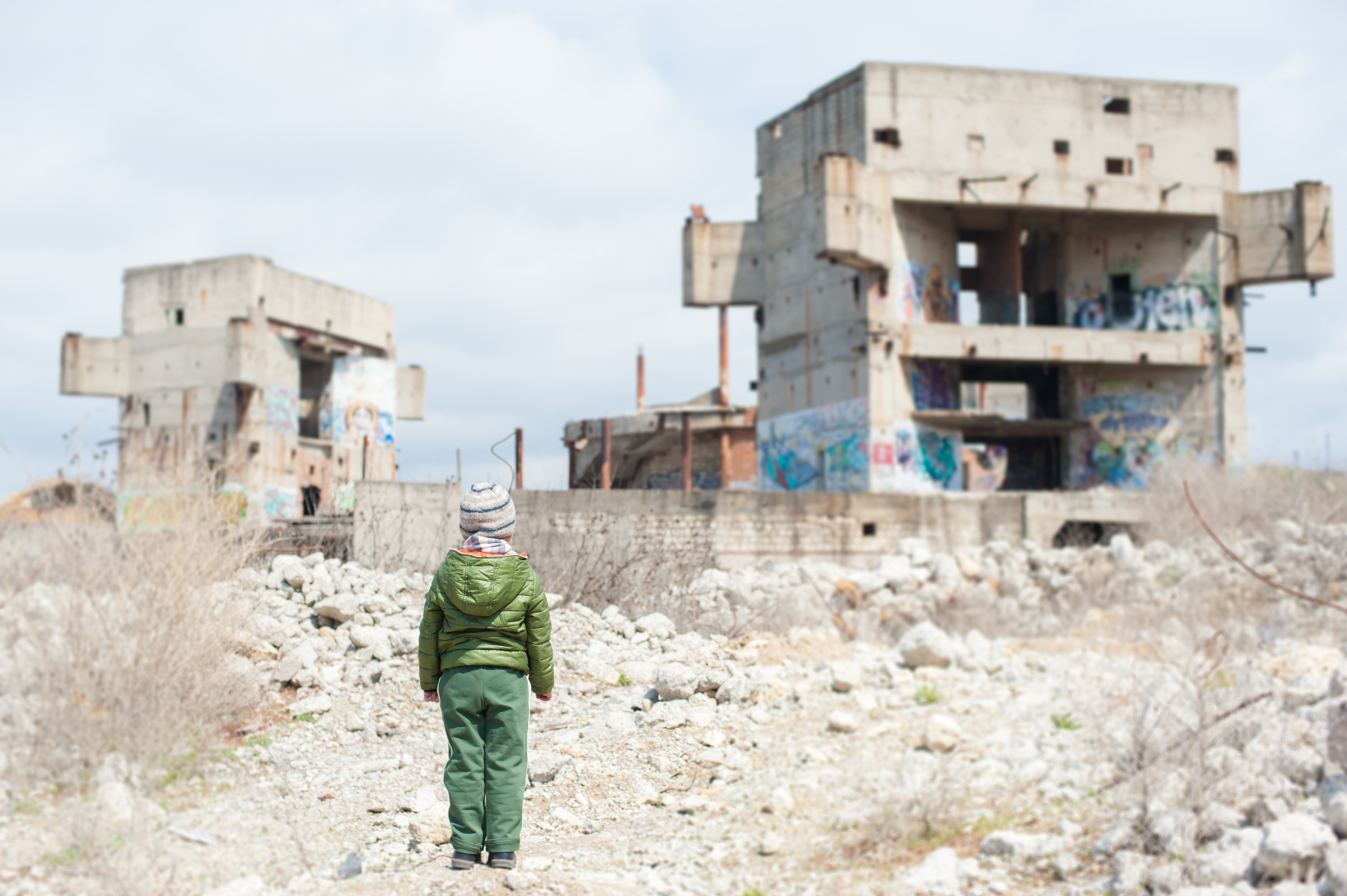Incidence
This category contains information on the incidence of PTSD, which refers to how many new cases there are per population in a specified time period. Click on the links or the tabs below to access the information on incidence in children, disaster survivors, medical and psychiatric patients. You can also use the browse and search options on the left.
Image: ©Chris Titze Imaging – stock.adobe.com

Incidence in abuse and violence survivors
We have not found any systematic reviews on this topic that meet the Library’s inclusion criteria. Pending enough primary studies, we invite reviews on this topic to be conducted. Alternatively we will endeavour to conduct our own review to fill this gap in the Library. August 2021 Image: ©Tinnakorn – stock.adobe.com

Incidence in bereaved people
We have not found any systematic reviews on this topic that meet the Library’s inclusion criteria. Pending enough primary studies, we invite reviews on this topic to be conducted. Alternatively we will endeavour to conduct our own review to fill this gap in the Library. August 2021 Image: ©eyetronic – stock.adobe.com

Incidence in caregivers
We have not found any systematic reviews on this topic that meet the Library’s inclusion criteria. Pending enough primary studies, we invite reviews on this topic to be conducted. Alternatively we will endeavour to conduct our own review to fill this gap in the Library. August 2021 Image: ©lil_22 – stock.adobe.com

Incidence in children and adolescents
What is incidence of PTSD in children and adolescents? The incidence of PTSD refers to how many new cases there are per population in a specified time-period after exposure to a traumatic event. It is different from prevalence, which represents how many overall cases exist. This topic presents the evidence on incidence rates in children and adolescents. What is the evidence for the incidence of PTSD? Moderate quality evidence finds the incidence of PTSD in children and adolescents is around 16% at least one month after exposure to trauma. The incidence rate is highest in females, and in children and adolescents exposed…

Incidence in criminal offenders
We have not found any systematic reviews on this topic that meet the Library’s inclusion criteria. Pending enough primary studies, we invite reviews on this topic to be conducted. Alternatively we will endeavour to conduct our own review to fill this gap in the Library. August 2021 Image: ©viperagp – stock.adobe.com

Incidence in disaster survivors
What is incidence of PTSD in disaster survivors? The incidence of PTSD refers to how many new cases there are per population in a specified time-period after exposure to a traumatic event. It is different from prevalence, which represents how many overall cases exist. This topic presents the evidence on incidence rates in disaster survivors. What is the evidence for the incidence of PTSD in disaster survivors? Moderate quality evidence finds the incidence rate of PTSD after a flood is around 16%. Incidence rates are highest within six months after exposure and in people who experience severe flood intensity. The incidence…

Incidence in elderly people
We have not found any systematic reviews on this topic that meet the Library’s inclusion criteria. Pending enough primary studies, we invite reviews on this topic to be conducted. Alternatively we will endeavour to conduct our own review to fill this gap in the Library. August 2021 Image: ©Dmitry Berkut – stock.adobe.com

Incidence in epidemic and pandemic survivors
We have not found any systematic reviews on this topic that meet the Library’s inclusion criteria. Pending enough primary studies, we invite reviews on this topic to be conducted. Alternatively we will endeavour to conduct our own review to fill this gap in the Library. August 2021 Image: ©CREATIVE WONDER – stock.adobe.com

Incidence in firefighters
We have not found any systematic reviews on this topic that meet the Library’s inclusion criteria. Pending enough primary studies, we invite reviews on this topic to be conducted. Alternatively we will endeavour to conduct our own review to fill this gap in the Library. August 2021 Image: ©Gorodenkoff Productions OU – stock.adobe.com

Incidence in healthcare workers
We have not found any systematic reviews on this topic that meet the Library’s inclusion criteria. Pending enough primary studies, we invite reviews on this topic to be conducted. Alternatively we will endeavour to conduct our own review to fill this gap in the Library. August 2021 Image: ©megaflopp – stock.adobe.com

Incidence in homeless populations
We have not found any systematic reviews on this topic that meet our inclusion criteria. Pending enough primary studies, we invite reviews on this topic to be conducted. Alternatively we will endeavour to conduct our own review to fill this gap in the Library. April 2022 Image: ©Leo Lintang – Fotolia- stock.adobe.com

Incidence in humanitarians
We have not found any systematic reviews on this topic that meet the Library’s inclusion criteria. Pending enough primary studies, we invite reviews on this topic to be conducted. Alternatively we will endeavour to conduct our own review to fill this gap in the Library. August 2021 Image: ©kuarmungadd – stock.adobe.com

Incidence in indigenous people
We have not found any systematic reviews on this topic that meet the Library’s inclusion criteria. Pending enough primary studies, we invite reviews on this topic to be conducted. Alternatively we will endeavour to conduct our own review to fill this gap in the Library. August 2021 Image: ©irinelle – stock.adobe.com

Incidence in journalists
We have not found any systematic reviews on this topic that meet the Library’s inclusion criteria. Pending enough primary studies, we invite reviews on this topic to be conducted. Alternatively we will endeavour to conduct our own review to fill this gap in the Library. August 2021 Image: ©kaninstudio – stock.adobe.com

Incidence in jurors
We have not found any systematic reviews on this topic that meet the Library’s inclusion criteria. Pending enough primary studies, we invite reviews on this topic to be conducted. Alternatively we will endeavour to conduct our own review to fill this gap in the Library. August 2021 Image: ©Mike Watson Images Limited – stock.adobe.com

Incidence in males vs. females
What is incidence? The incidence of PTSD refers to how many new cases there are per population in a specified time-period after exposure to a specific event. It is different from prevalence, which represents how many overall cases exist. This topic presents the evidence on incidence rates in males compared to females. Please also see the topics on prevalence rates in males vs. females and the sex differences in risk of PTSD. What is the evidence for differences in incidence rates between males and females? Moderate quality evidence found the incidence of PTSD in children and adolescents was higher in…

Incidence in medical patients
What is incidence of PTSD in medical patients? The incidence of PTSD refers to how many new cases there are per population in a specified time-period after exposure to a traumatic event. It is different from prevalence, which represents how many overall cases exist. This topic presents the evidence on incidence rates in medical patients. What is the evidence for the incidence of PTSD in medical patients? Moderate quality evidence finds the incidence of PTSD after an organ transplant ranges from 10% at 7 months post-transplant to 17% at 3 years post-transplant. Moderate to low quality evidence finds the incidence of…

Incidence in police officers
We have not found any systematic reviews on this topic that meet the Library’s inclusion criteria. Pending enough primary studies, we invite reviews on this topic to be conducted. Alternatively we will endeavour to conduct our own review to fill this gap in the Library. August 2021 Image: ©mario beauregard – stock.adobe.com

Incidence in problem gamblers
We have not found any systematic reviews on this topic that meet the Library’s inclusion criteria. Pending enough primary studies, we invite reviews on this topic to be conducted. Alternatively we will endeavour to conduct our own review to fill this gap in the Library. August 2021 Image: ©ROMAN R – stock.adobe.com

Incidence in psychiatric inpatients
What is incidence of PTSD in psychiatric inpatients? The incidence of PTSD refers to how many new cases there are per population in a specified time-period after exposure to a traumatic event. It is different from prevalence, which represents how many overall cases exist. This topic presents the evidence on incidence rates in psychiatric inpatients. What is the evidence for the incidence of PTSD in psychiatric inpatients? Moderate quality evidence finds the incidence of PTSD following seclusion or restraint in psychiatric institutions is between 25% and 47%. Seclusion is generally better accepted than forced medication, while restraint is least tolerated….

Incidence in public transport drivers
We have not found any systematic reviews on this topic that meet the Library’s inclusion criteria. Pending enough primary studies, we invite reviews on this topic to be conducted. Alternatively we will endeavour to conduct our own review to fill this gap in the Library. August 2021 Image: ©TAE YUN 2018 – stock.adobe.com

Incidence in refugees and asylum seekers
We have not found any systematic reviews on this topic that meet the Library’s inclusion criteria. Pending enough primary studies, we invite reviews on this topic to be conducted. Alternatively we will endeavour to conduct our own review to fill this gap in the Library. August 2021 Image: ©route55 – stock.adobe.com

Incidence in rescue teams
We have not found any systematic reviews on this topic that meet the Library’s inclusion criteria. Pending enough primary studies, we invite reviews on this topic to be conducted. Alternatively we will endeavour to conduct our own review to fill this gap in the Library. August 2021 Image: ©Семен Саливанчук – stock.adobe.com

Incidence in road traffic accident survivors
We have not found any systematic reviews on this topic that meet the Library’s inclusion criteria. Pending enough primary studies, we invite reviews on this topic to be conducted. Alternatively we will endeavour to conduct our own review to fill this gap in the Library. August 2021 Image: ©delightimages – stock.adobe.com

Incidence in soldiers and veterans
We have not found any systematic reviews on this topic that meet the Library’s inclusion criteria. Pending enough primary studies, we invite reviews on this topic to be conducted. Alternatively we will endeavour to conduct our own review to fill this gap in the Library. August 2021 Image: ©Georgiy – stock.adobe.com

Incidence in war and terrorism survivors
We have not found any systematic reviews on this topic that meet the Library’s inclusion criteria. Pending enough primary studies, we invite reviews on this topic to be conducted. Alternatively we will endeavour to conduct our own review to fill this gap in the Library. August 2021 Image: ©ruslanshug – stock.adobe.com

Worldwide incidence
We have not found any systematic reviews on this topic that meet the Library’s inclusion criteria. Pending enough primary studies, we invite reviews on this topic to be conducted. Alternatively we will endeavour to conduct our own review to fill this gap in the Library. August 2021 Image: ©pixtumz88 – stock.adobe.com
Green - Topic summary is available.
Orange - Topic summary is being compiled.
Red - Topic summary has no current systematic review available.
